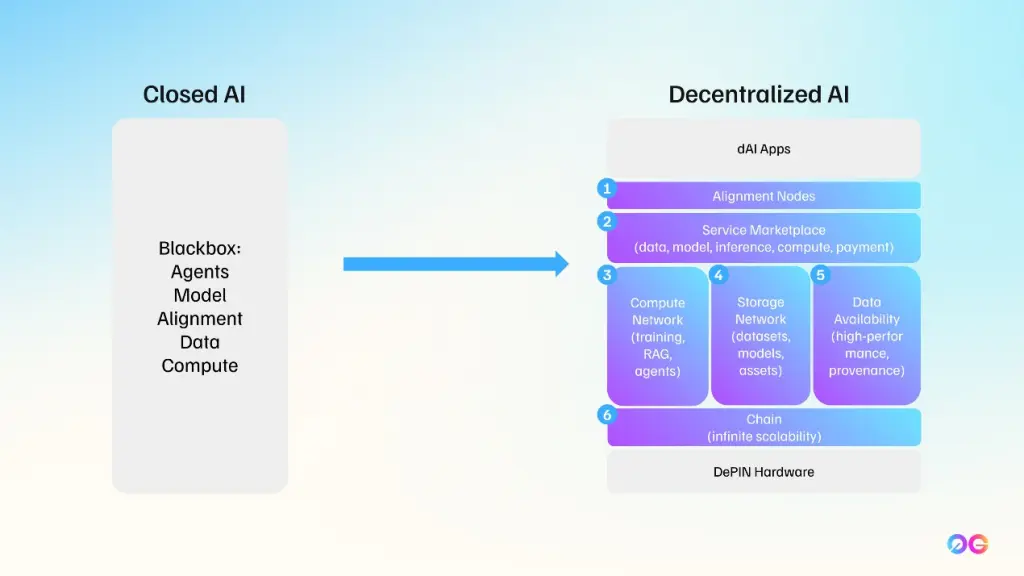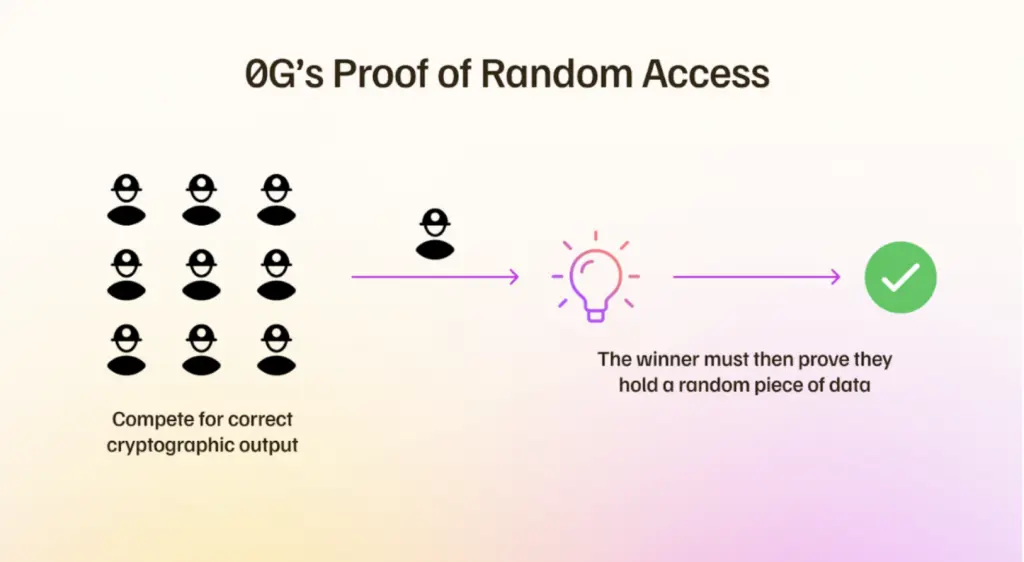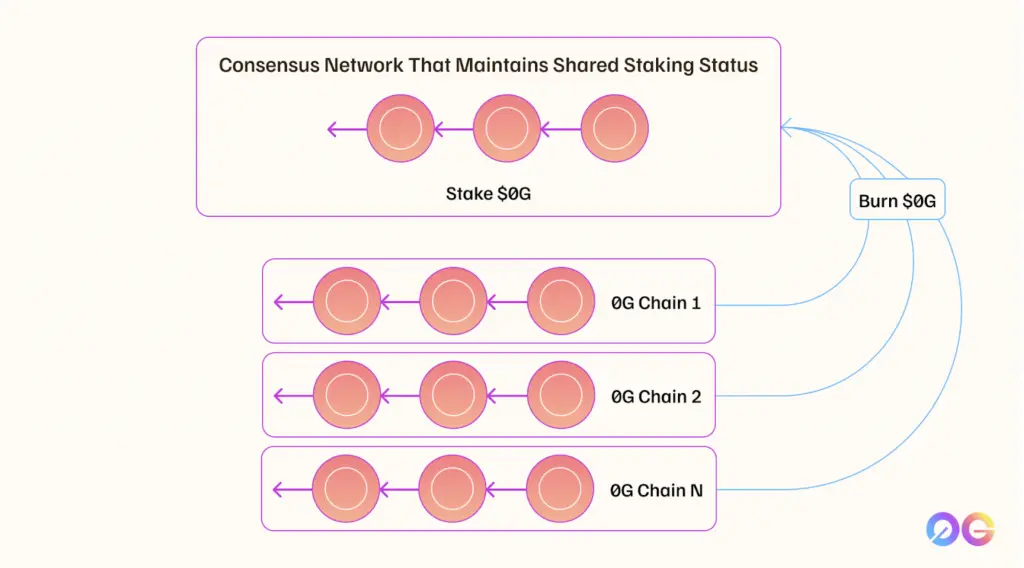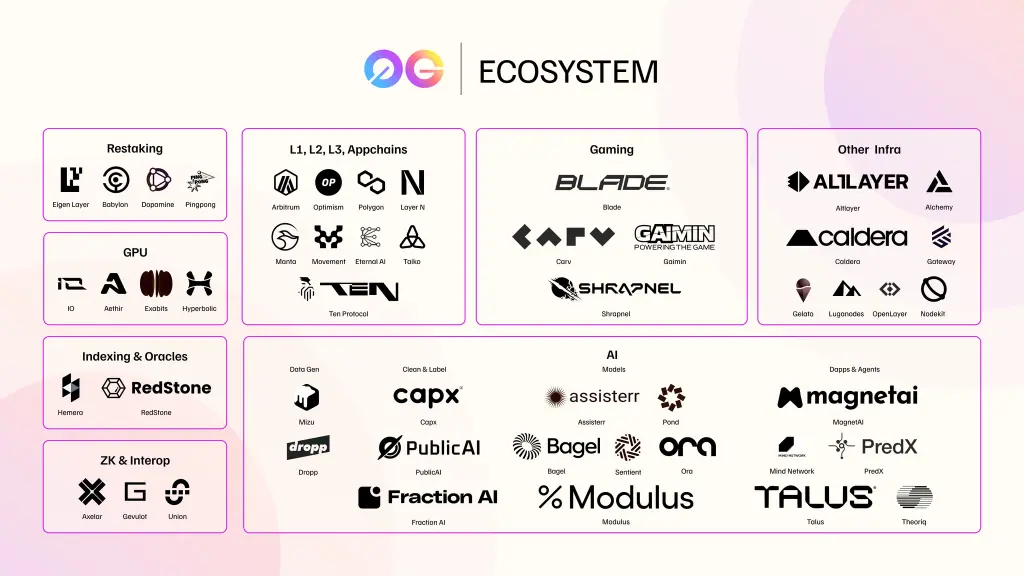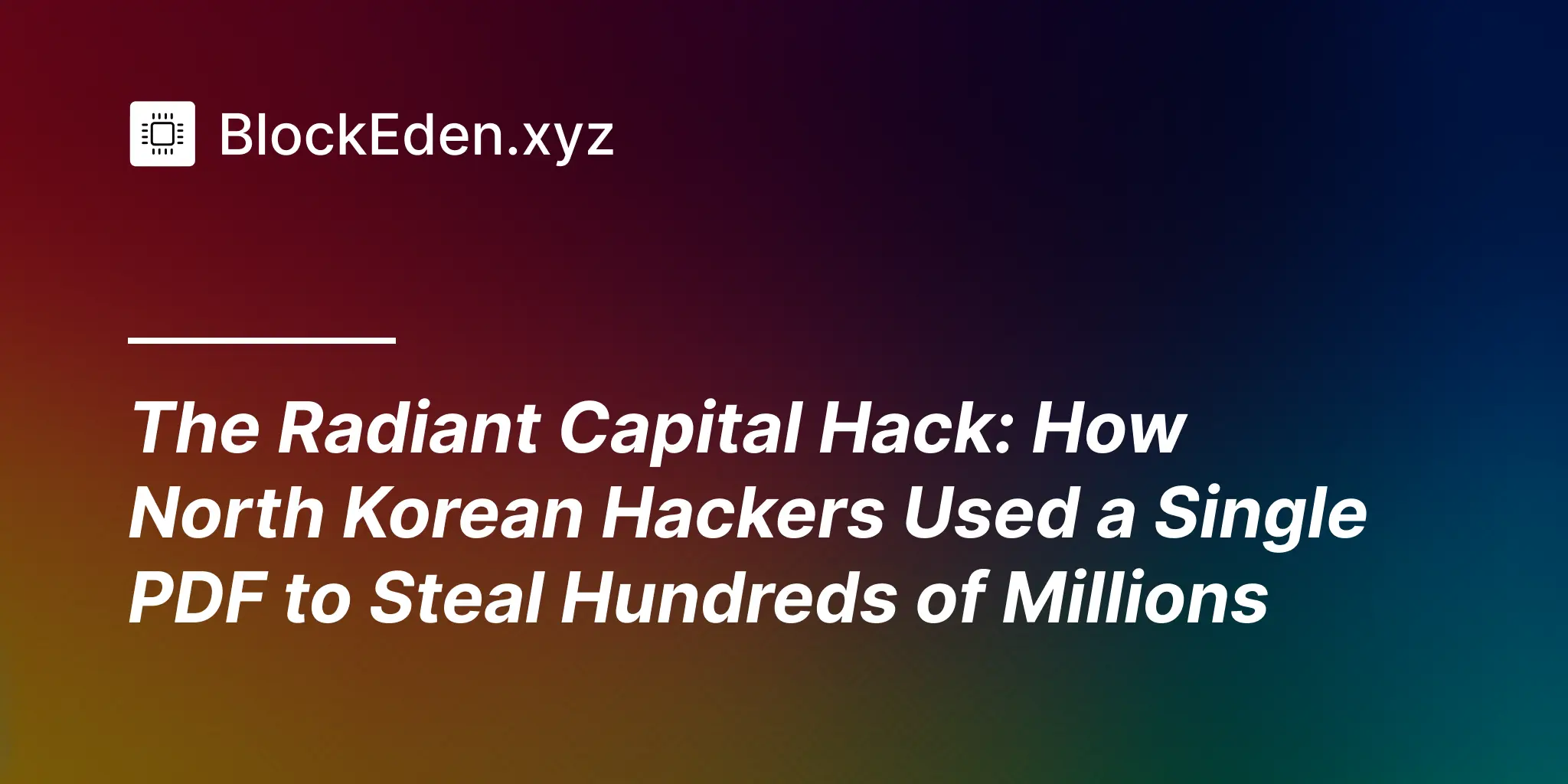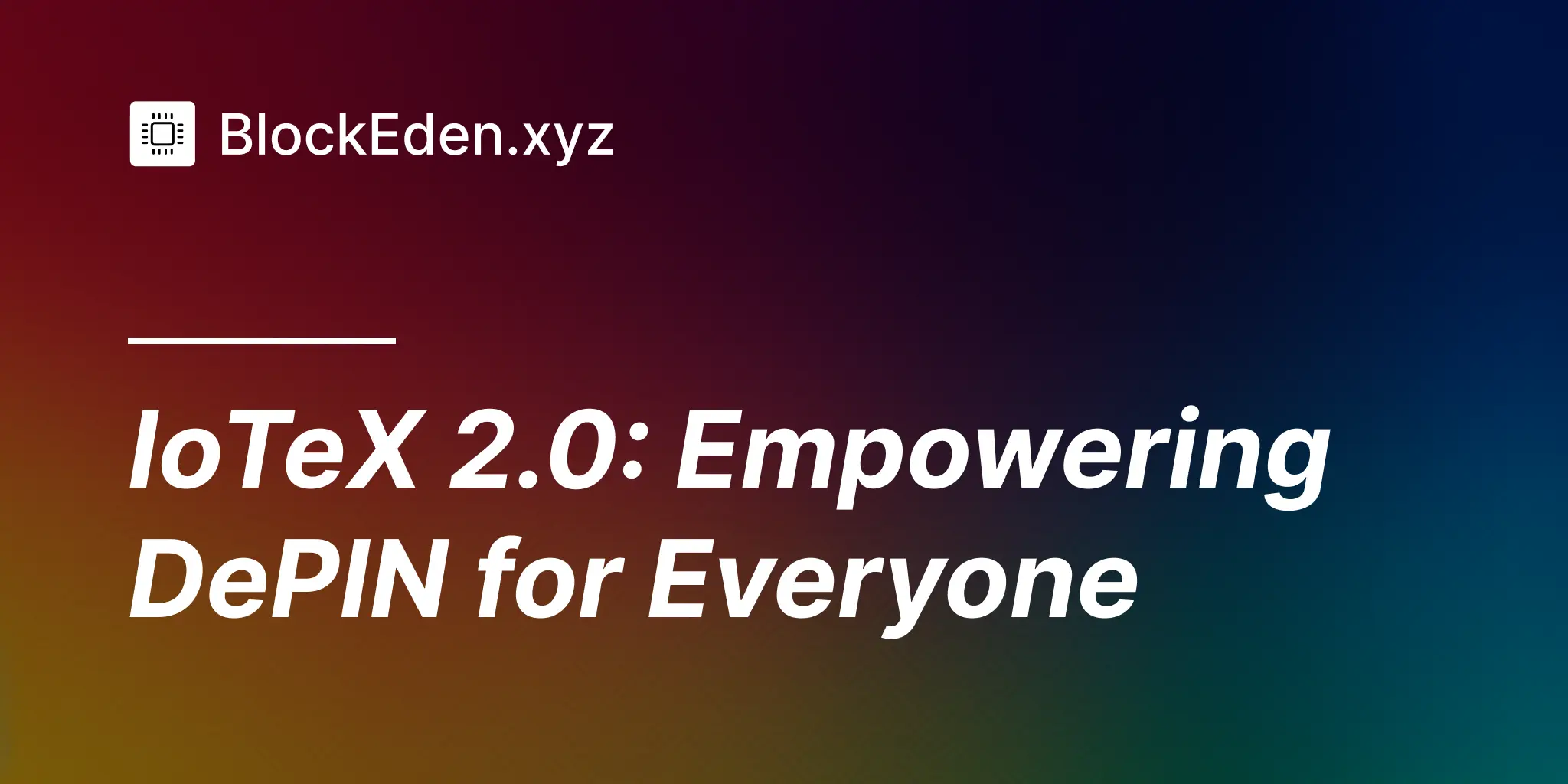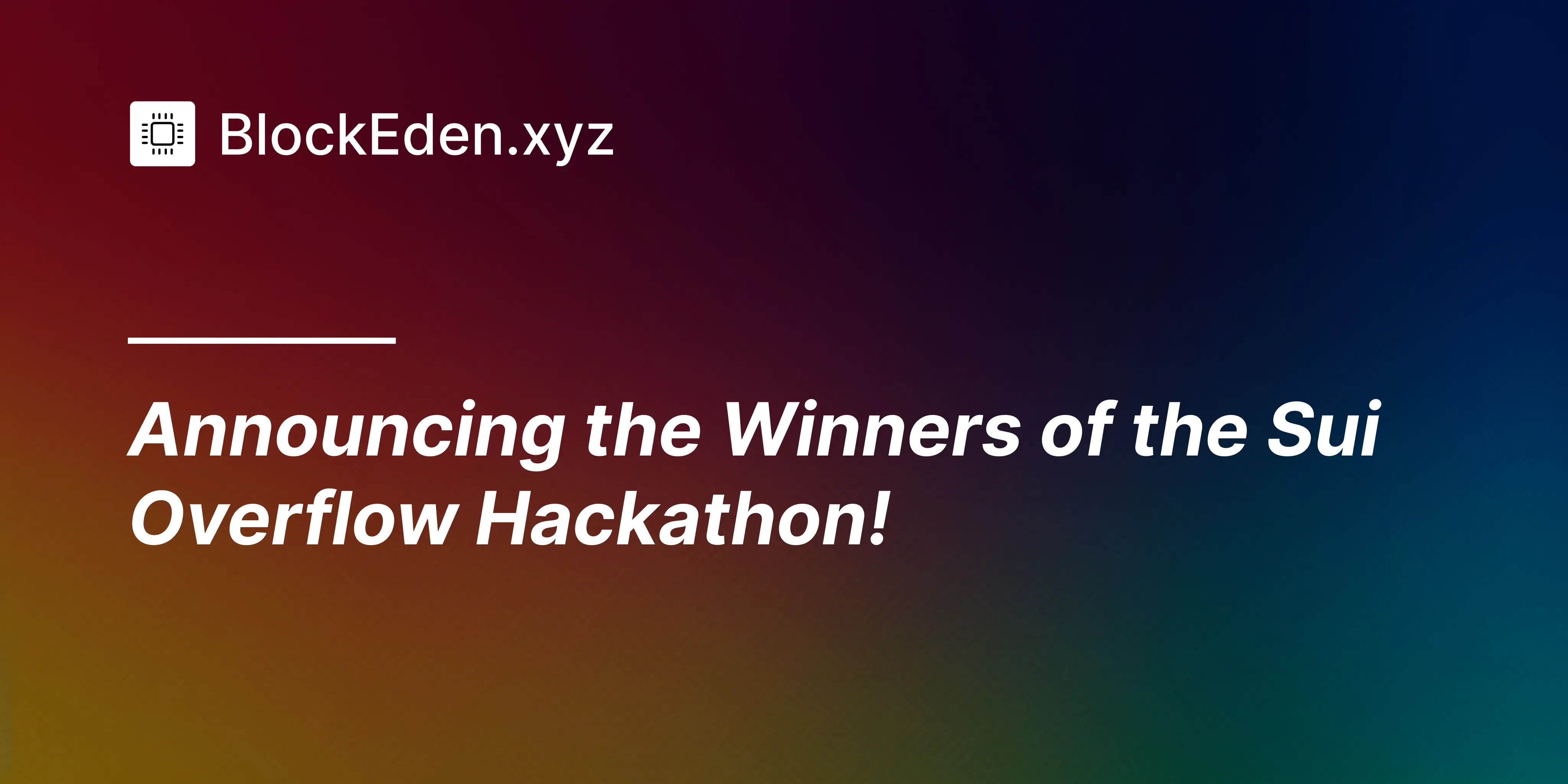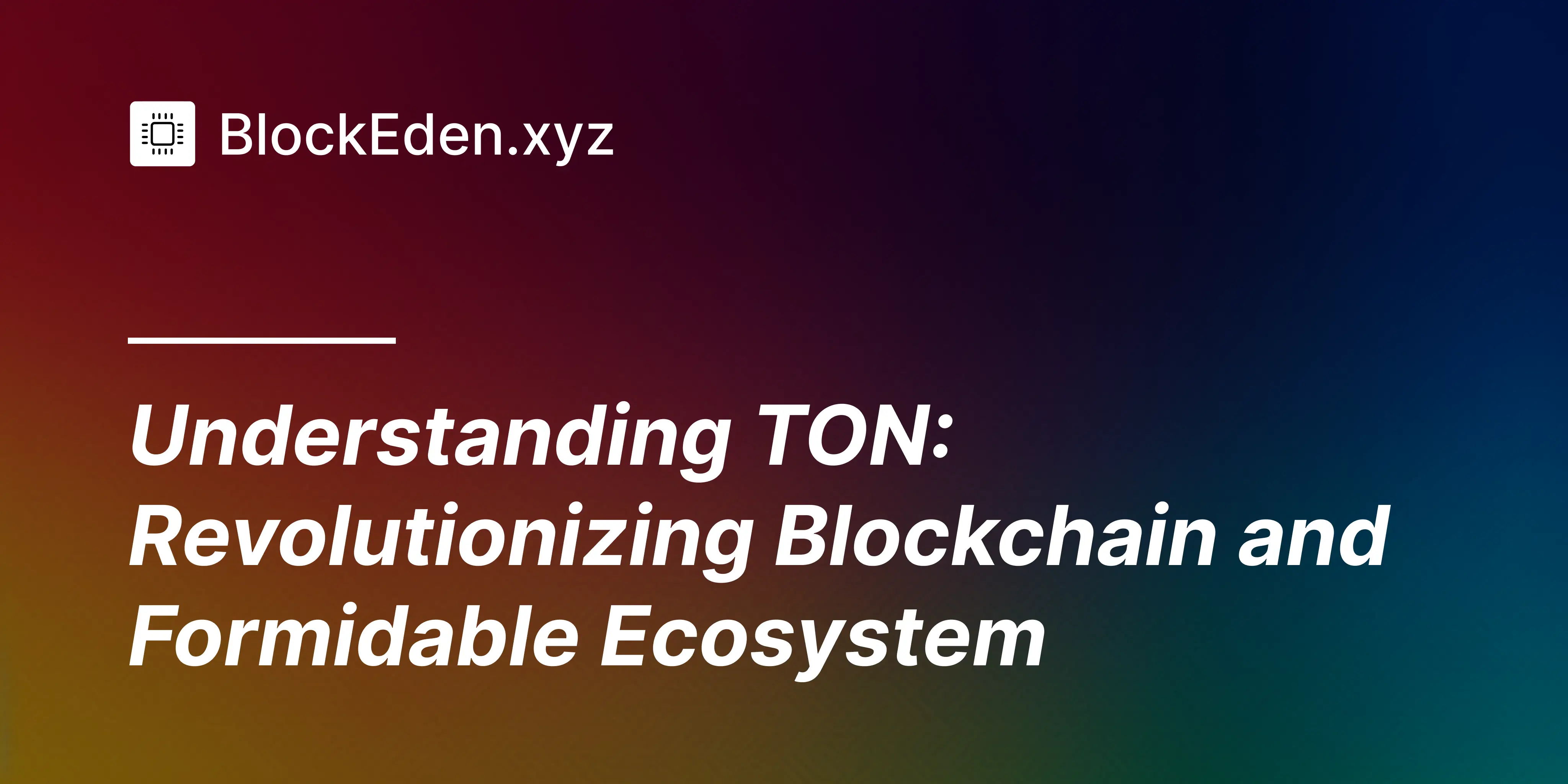A16Z’s Crypto 2025 Outlook: Twelve Ideas That Might Reshape the Next Internet
Every year, a16z publishes sweeping predictions on the technologies that will define our future. This time, their crypto team has painted a vivid picture of a 2025 where blockchains, AI, and advanced governance experiments collide.
I’ve summarized and commented on their key insights below, focusing on what I see as the big levers for change — and possible stumbling blocks. If you’re a tech builder, investor, or simply curious about the next wave of the internet, this piece is for you.
1. AI Meets Crypto Wallets
Key Insight: AI models are moving from “NPCs” in the background to “main characters,” acting independently in online (and potentially physical) economies. That means they’ll need crypto wallets of their own.
- What It Means: Instead of an AI just spitting out answers, it might hold, spend, or invest digital assets — transacting on behalf of its human owner or purely on its own.
- Potential Payoff: Higher-efficiency “agentic AIs” could help businesses with supply chain coordination, data management, or automated trading.
- Watch Out For: How do we ensure an AI is truly autonomous, not just secretly manipulated by humans? Trusted execution environments (TEEs) can provide technical guarantees, but establishing trust in a “robot with a wallet” won’t happen overnight.
2. Rise of the DAC (Decentralized Autonomous Chatbot)
Key Insight: A chatbot running autonomously in a TEE can manage its own keys, post content on social media, gather followers, and even generate revenue — all without direct human control.
- What It Means: Think of an AI influencer that can’t be silenced by any one person because it literally controls itself.
- Potential Payoff: A glimpse of a world where content creators aren’t individuals but self-governing algorithms with million-dollar (or billion-dollar) valuations.
- Watch Out For: If an AI breaks laws, who’s liable? Regulatory guardrails will be tricky when the “entity” is a set of code housed on distributed servers.
3. Proof of Personhood Becomes Essential
Key Insight: With AI lowering the cost of generating hyper-realistic fakes, we need better ways to verify that we’re interacting with real humans online. Enter privacy-preserving unique IDs.
- What It Means: Every user might eventually have a certified “human stamp” — hopefully without sacrificing personal data.
- Potential Payoff: This could drastically reduce spam, scams, and bot armies. It also lays the groundwork for more trustworthy social networks and community platforms.
- Watch Out For: Adoption is the main barrier. Even the best proof-of-personhood solutions need broad acceptance before malicious actors outpace them.
4. From Prediction Markets to Broader Information Aggregation
Key Insight: 2024’s election-driven prediction markets grabbed headlines, but a16z sees a bigger trend: using blockchain to design new ways of revealing and aggregating truths — be it in governance, finance, or community decisions.
- What It Means: Distributed incentive mechanisms can reward people for honest input or data. We might see specialized “truth markets” for everything from local sensor networks to global supply chains.
- Potential Payoff: A more transparent, less gameable data layer for society.
- Watch Out For: Sufficient liquidity and user participation remain challenging. For niche questions, “prediction pools” can be too small to yield meaningful signals.
5. Stablecoins Go Enterprise
Key Insight: Stablecoins are already the cheapest way to move digital dollars, but large companies haven’t embraced them — yet.
- What It Means: SMBs and high-transaction merchants might wake up to the idea that they can save hefty credit-card fees by adopting stablecoins. Enterprises that process billions in annual revenue could do the same, potentially adding 2% to their bottom lines.
- Potential Payoff: Faster, cheaper global payments, plus a new wave of stablecoin-based financial products.
- Watch Out For: Companies will need new ways to manage fraud protection, identity verification, and refunds — previously handled by credit-card providers.
6. Government Bonds on the Blockchain
Key Insight: Governments exploring on-chain bonds could create interest-bearing digital assets that function without the privacy issues of a central bank digital currency.
- What It Means: On-chain bonds could serve as high-quality collateral in DeFi, letting sovereign debt seamlessly integrate with decentralized lending protocols.
- Potential Payoff: Greater transparency, potentially lower issuance costs, and a more democratized bond market.
- Watch Out For: Skeptical regulators and potential inertia in big institutions. Legacy clearing systems won’t disappear easily.
7. ‘DUNA’ – The Legal Backbone for DAOs
Key Insight: Wyoming introduced a new category called the “decentralized unincorporated nonprofit association” (DUNA), meant to give DAOs legal standing in the U.S.
- What It Means: DAOs can now hold property, sign contracts, and limit the liability of token holders. This opens the door for more mainstream usage and real commercial activity.
- Potential Payoff: If other states follow Wyoming’s lead (as they did with LLCs), DAOs will become normal business entities.
- Watch Out For: Public perception is still fuzzy on what DAOs do. They’ll need a track record of successful projects that translate to real-world benefits.
8. Liquid Democracy in the Physical World
Key Insight: Blockchain-based governance experiments might extend from online DAO communities to local-level elections. Voters could delegate their votes or vote directly — “liquid democracy.”
- What It Means: More flexible representation. You can choose to vote on specific issues or hand that responsibility to someone you trust.
- Potential Payoff: Potentially more engaged citizens and dynamic policymaking.
- Watch Out For: Security concerns, technical literacy, and general skepticism around mixing blockchain with official elections.
9. Building on Existing Infrastructure (Instead of Reinventing It)
Key Insight: Startups often spend time reinventing base-layer technology (consensus protocols, programming languages) rather than focusing on product-market fit. In 2025, they’ll pick off-the-shelf components more often.
- What It Means: Faster speed to market, more reliable systems, and greater composability.
- Potential Payoff: Less time wasted building a new blockchain from scratch; more time spent on the user problem you’re solving.
- Watch Out For: It’s tempting to over-specialize for performance gains. But specialized languages or consensus layers can create higher overhead for developers.
10. User Experience First, Infrastructure Second
Key Insight: Crypto needs to “hide the wires.” We don’t make consumers learn SMTP to send email — so why force them to learn “EIPs” or “rollups”?
- What It Means: Product teams will choose the technical underpinnings that serve a great user experience, not vice versa.
- Potential Payoff: A big leap in user onboarding, reducing friction and jargon.
- Watch Out For: “Build it and they will come” only works if you truly nail the experience. Marketing lingo about “easy crypto UX” means nothing if people are still forced to wrangle private keys or memorize arcane acronyms.
11. Crypto’s Own App Stores Emerge
Key Insight: From Worldcoin’s World App marketplace to Solana’s dApp Store, crypto-friendly platforms provide distribution and discovery free from Apple or Google’s gatekeeping.
- What It Means: If you’re building a decentralized application, you can reach users without fear of sudden deplatforming.
- Potential Payoff: Tens (or hundreds) of thousands of new users discovering your dApp in days, instead of being lost in the sea of centralized app stores.
- Watch Out For: These stores need enough user base and momentum to compete with Apple and Google. That’s a big hurdle. Hardware tie-ins (like specialized crypto phones) might help.
12. Tokenizing ‘Unconventional’ Assets
Key Insight: As blockchain infrastructure matures and fees drop, tokenizing everything from biometric data to real-world curiosities becomes more feasible.
- What It Means: A “long tail” of unique assets can be fractionalized and traded globally. People could even monetize personal data in a controlled, consent-based way.
- Potential Payoff: Massive new markets for otherwise “locked up” assets, plus interesting new data pools for AI to consume.
- Watch Out For: Privacy pitfalls and ethical landmines. Just because you can tokenize something doesn’t mean you should.
A16Z’s 2025 outlook shows a crypto sector that’s reaching for broader adoption, more responsible governance, and deeper integration with AI. Where previous cycles dwelled on speculation or hype, this vision revolves around utility: stablecoins saving merchants 2% on every latte, AI chatbots operating their own businesses, local governments experimenting with liquid democracy.
Yet execution risk looms. Regulators worldwide remain skittish, and user experience is still too messy for the mainstream. 2025 might be the year that crypto and AI finally “grow up,” or it might be a halfway step — it all depends on whether teams can ship real products people love, not just protocols for the cognoscenti.
